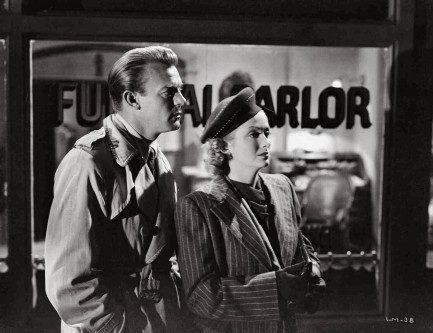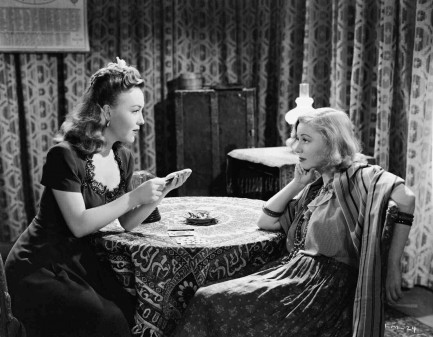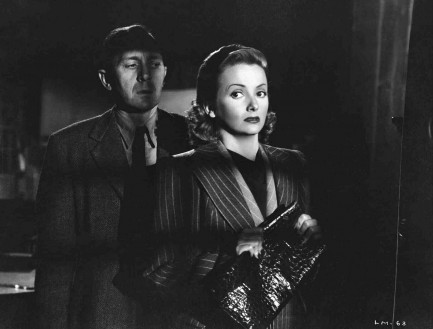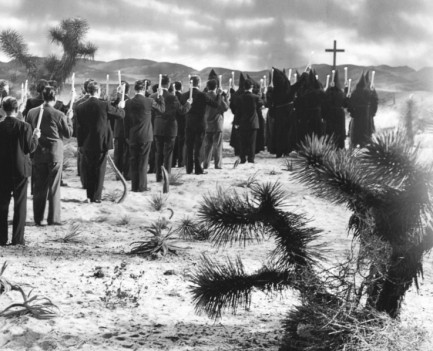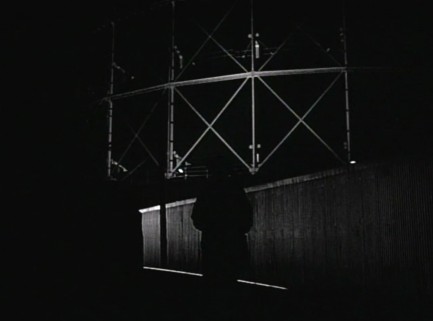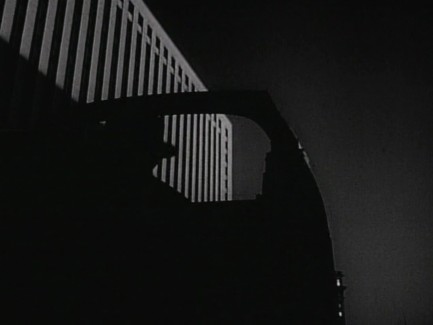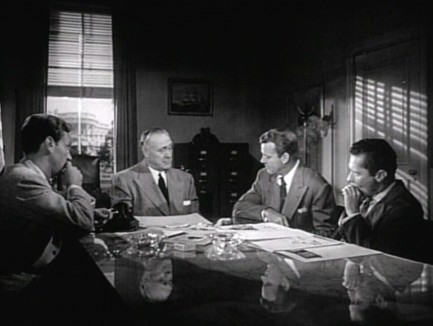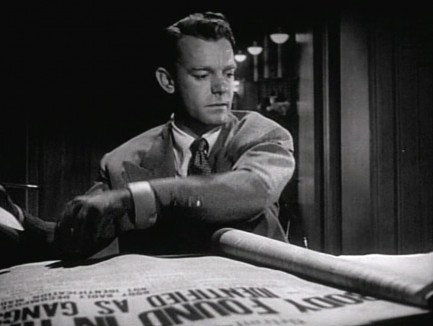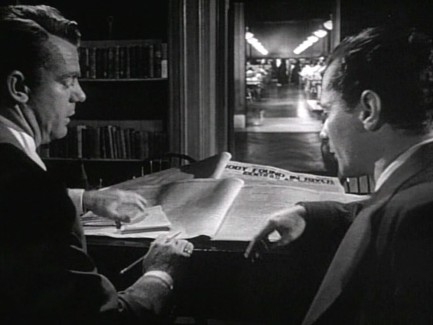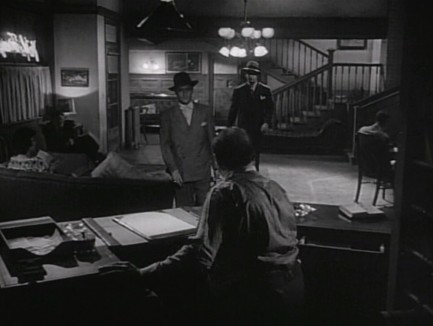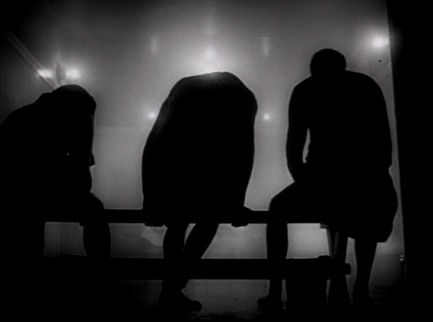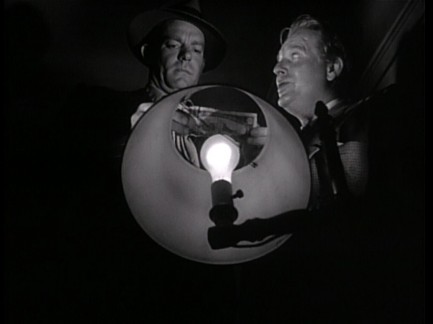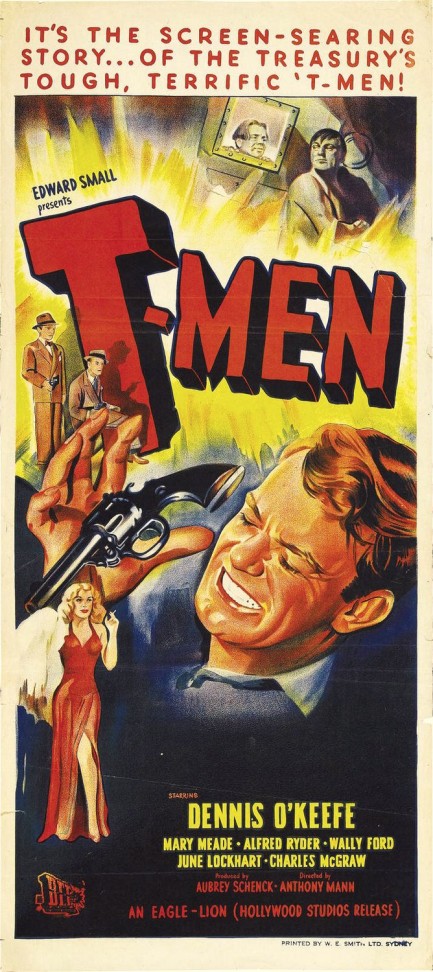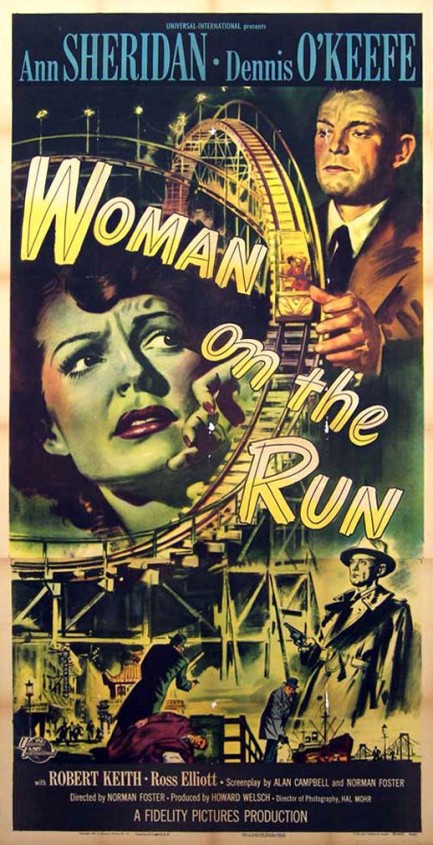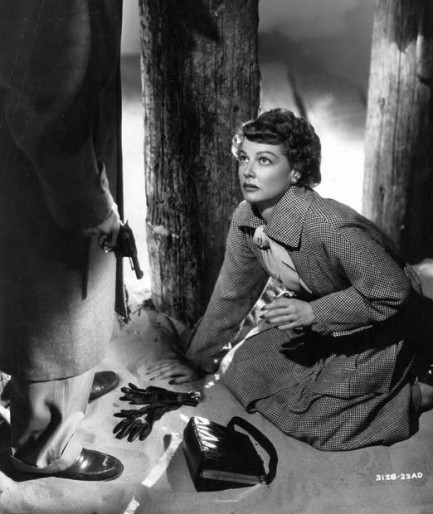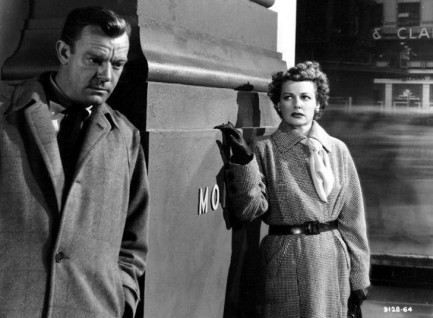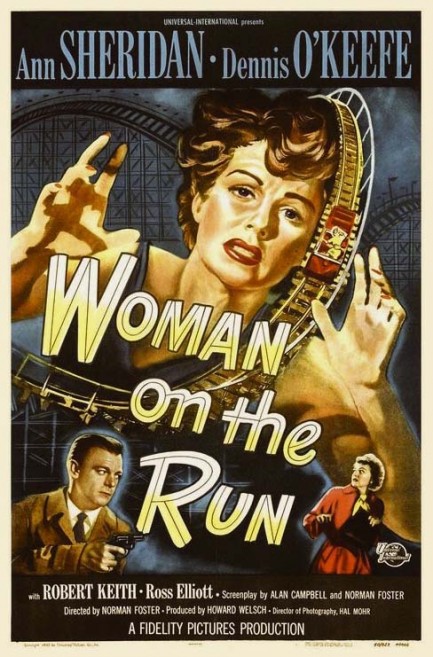
T-Men shows Uncle Sam's money men hard at work keeping the greenback safe.
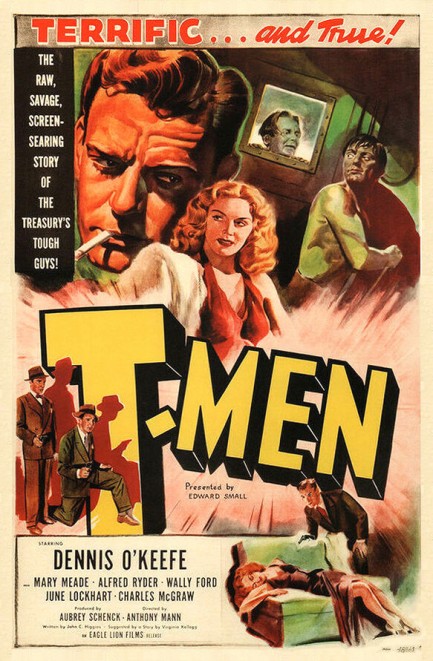
As you know by now, film noir derived from several sources, one of them being the hard-boiled pulp fiction of the 1930s and ’40s, such as the aforementioned Kiss Me, Deadly. As the cycle rolled onward, filmmakers routinely mined crime fiction for movies, and it became common for a book to be purchased for adaptation immediately after it was published. It was a heyday for crime authors. T-Men, for which you see a cool poster above and another at bottom, was not adapted from a novel. It came from a story idea by Virginia Kellogg, the unheralded brain behind films such as White Heat and Caged.
T-Men is the narrated tale of two treasury agents who infiltrate the Detroit mafia to stem a wave of counterfeiting. Dennis O'Keefe and Alfred Ryder play the duo of undercovers, looking sharp in their tailored suits, as they climb the mob chain of authority pretending to be in the possession of flawless counterfeiting plates they're willing to sell. The two take numerous risks to get close to the unknown head of the mob, and find themselves in hot water more than once. The question quickly becomes whether they can catch the crooks and stay alive.
You get excellent noir iconography here, courtesy of director Anthony Mann and cinematographer John Alton. In fact, though the movie is good anyway, the main reason to watch it is because it's a clinic in genre visuals, filled with beautiful shots where light and darkness intersect in sharp angles or blend like mist. The movie also makes good use of locations tailor-made for shadowplay—the steam room, the deserted street, the nighttime amusement park, the swank supper club, the gambling den, the photographer's darkroom, the industrial maze. If you didn't know better you'd think the filmmakers chose the locations first, then built a movie around them.
For those reasons, T-Men is a mandatory entry for film noir buffs, however it isn't quite perfect. Though there are many surprises, aspects of it related to survivability are predictable, and the narration nestles right up against pro-government propaganda, particularly toward the end. Generally, we think most vintage films could have done fine without narration, but here it's actually needed, so you'll have to ignore the filmmakers intent to teach the audience a lesson. That shouldn't be too hard—T-Men is an almost perfect noirscape, a place to get lost in darkness and enjoy the ride. It premiered in the U.S. today in 1947.

Nowhere to run, nowhere to hide.
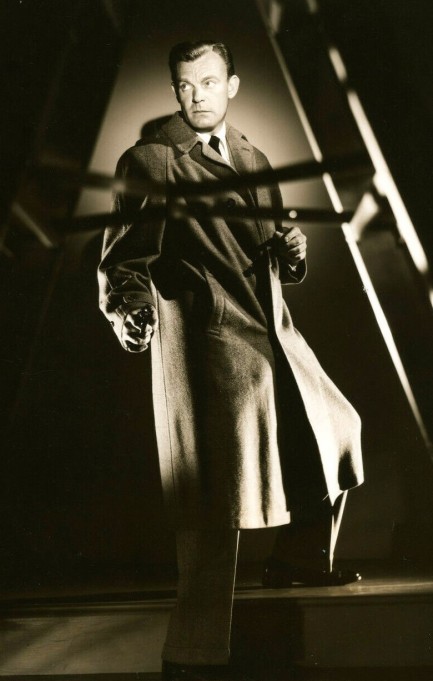
Dennis O'Keefe does the trench-coat-and-pistol thing in this cool promo photo made for the 1950 film noir Woman on the Run. The movie is so titled because of Ann Sheridan, but O'Keefe plays an important secondary character in a flick with some good moments. It's well worth a watch. We wrote about it here.

Human nature red in tooth and claw.
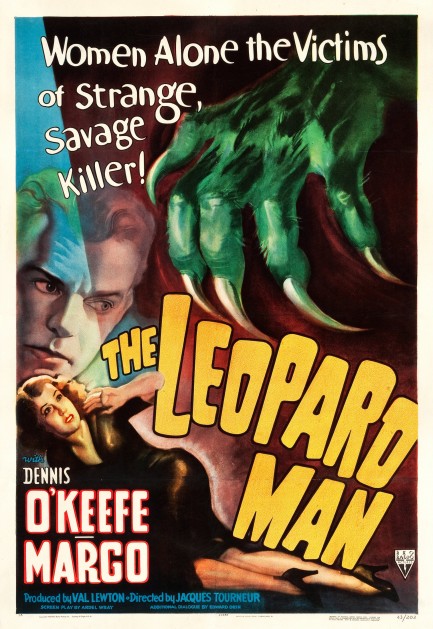
Whenever we have minimal expectations of a film and receive reasonable entertainment we're reminded why we like watching old movies so much. In The Leopard Man, for which you see a striking William Rose poster above, a New Mexico nightclub chanteuse loses her feline sidekick and it soon begins prowling the desert night and savaging women. Or is it? Pretty soon the singer and her manager begin to wonder if the leopard is being blamed for killings committed by someone—or something—else. The movie feels a bit like Cat People, which makes sense, because director Jacques Tourneur helmed both productions. But where Cat People was set in New York City, this one has a bordertown flavor, with flamenco music and various Mexican and Spanish characters in scattered roles, including Margo—just Margo—who was Spanish bandleader Xavier Cugat's niece. The solution to the mystery comes in a climax set against the town's creepy Spanish processions. It turns out the killer is a someone, not a something, but that was never truly in doubt. At just over an hour in length the movie is a pretty nice time killer, but the shorthand feel of it also shows why feature films tend to be longer. The Leopard Man premiered in the U.S. today in 1943.
